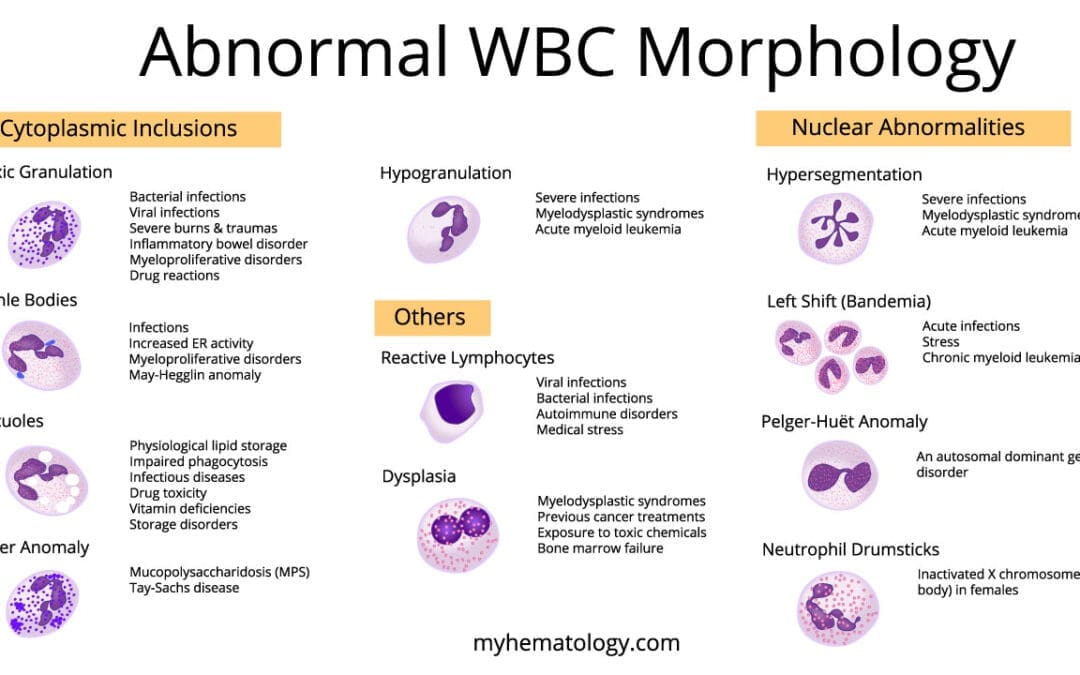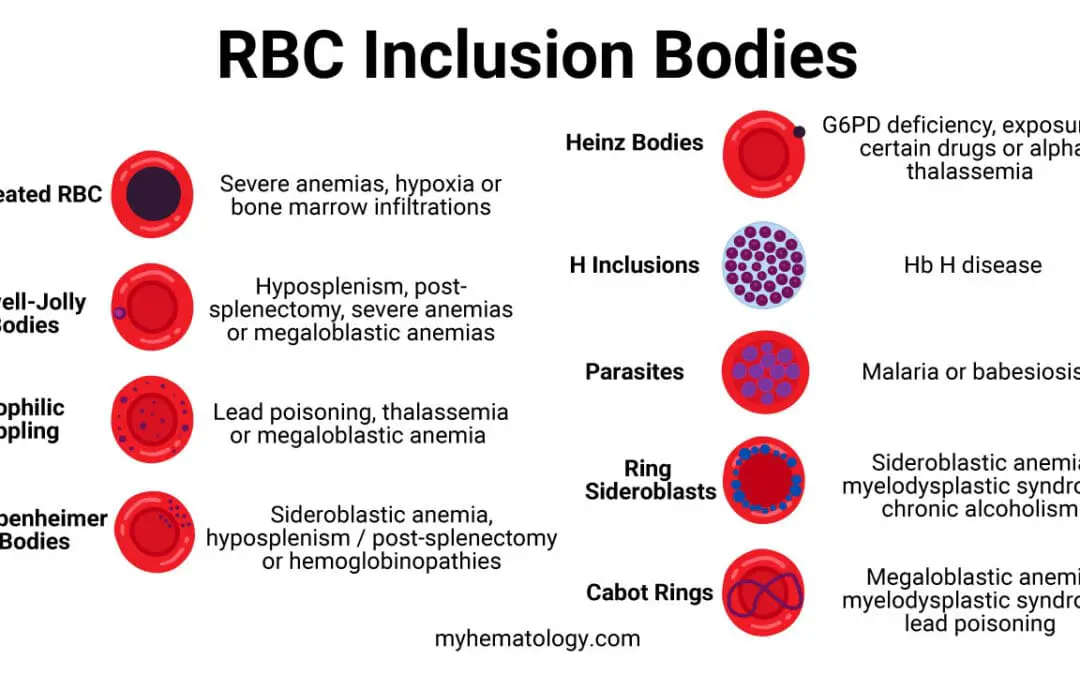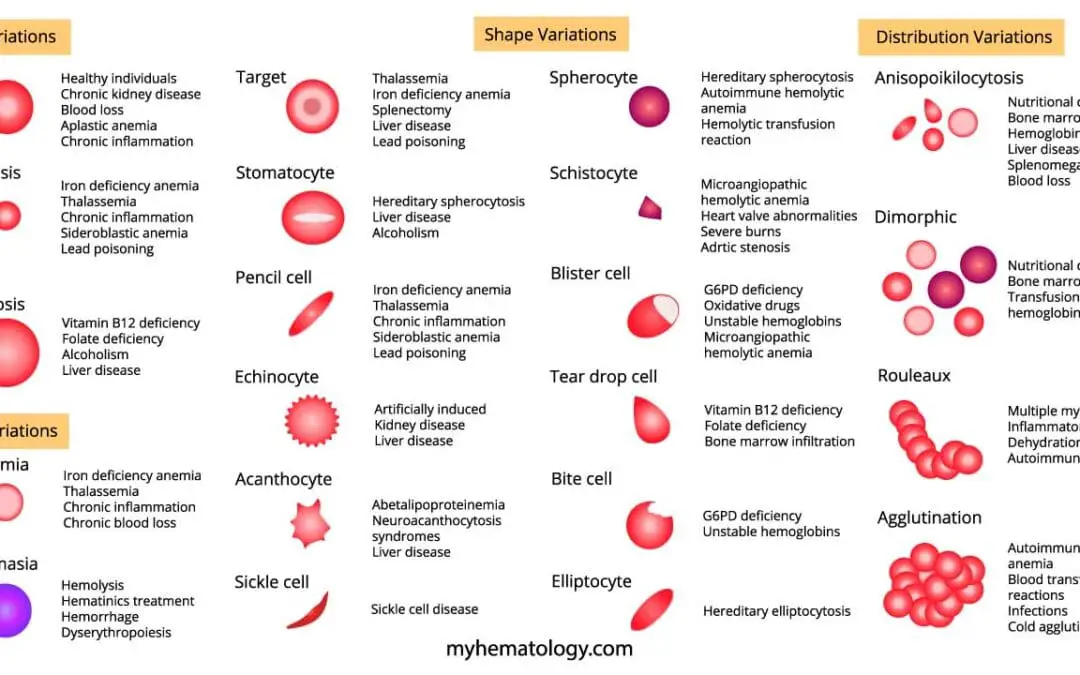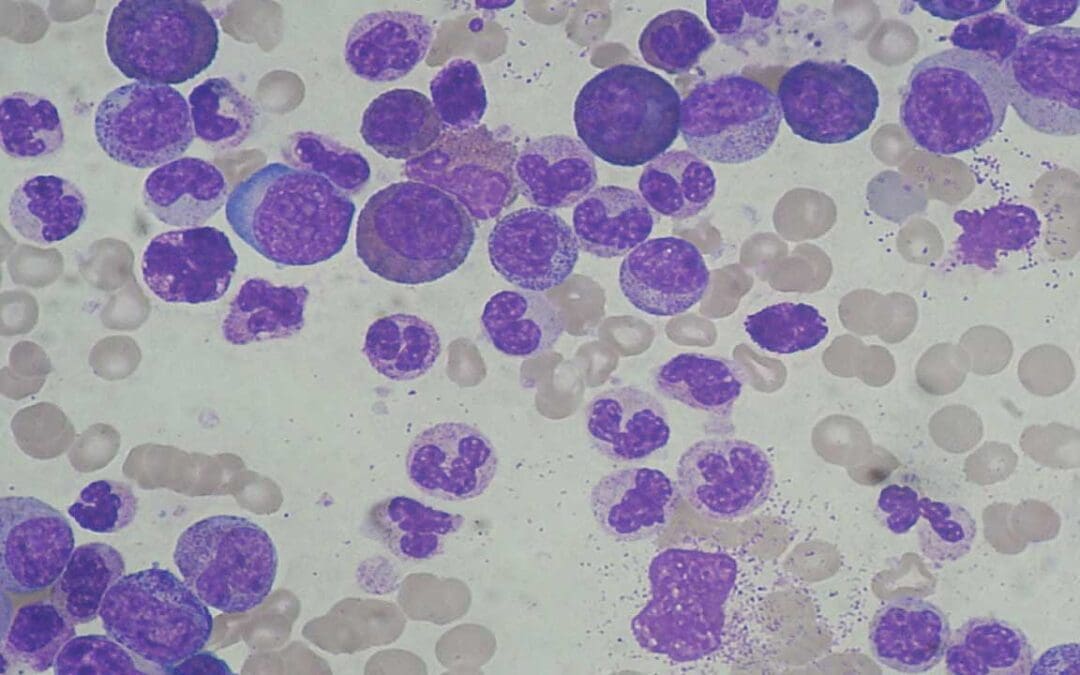
by MH Team | Apr 5, 2024 | Red Blood Cells
TL;DR Anemia of chronic disease (ACD) is a type of anemia that develops as a consequence of chronic inflammatory conditions in the body. Causes ▾ Chronic infections Autoimmune diseases Other chronic inflammatory conditions e.g. chronic kidney disease...

by MH Team | Apr 4, 2024 | White Blood Cells
TL;DR The visual assessment of a peripheral blood smear allows for the identification of subtle structural and cytoplasmic changes in abnormal WBCs (white blood cells), or leukocytes, that can provide critical clues about underlying pathologies. Abnormality...

by MH Team | Mar 28, 2024 | Red Blood Cells
TL;DR Red blood cell inclusion bodies are abnormal aggregates of material within the cytoplasm of red blood cells, which are visible under a microscope and are indicative of various underlying diseases or conditions. Certainly. Here is an updated and expanded table...

by MH Team | Mar 25, 2024 | Red Blood Cells
TL;DR Disorders lead to abnormal red blood cell morphology primarily by affecting the red blood cell’s membrane, its internal hemoglobin content, or the overall environment of the bone marrow or spleen, which can alter the red blood cell’s size, shape, or...

by MH Team | Mar 21, 2024 | White Blood Cells
TL;DR Leukocytosis is an increase in white blood cell (WBC) count above the reference range. Significance ▾ Not a disease itself, but a marker of underlying infection, inflammation, or blood cancers. Causes ▾ Infections: Bacteria, viruses, fungi, or...







Recent Comments